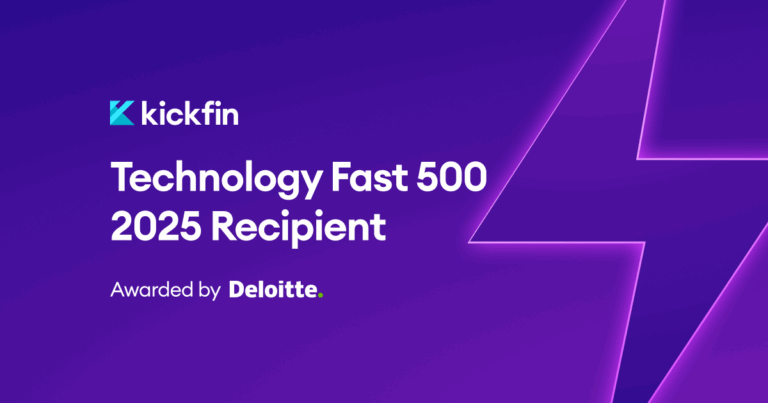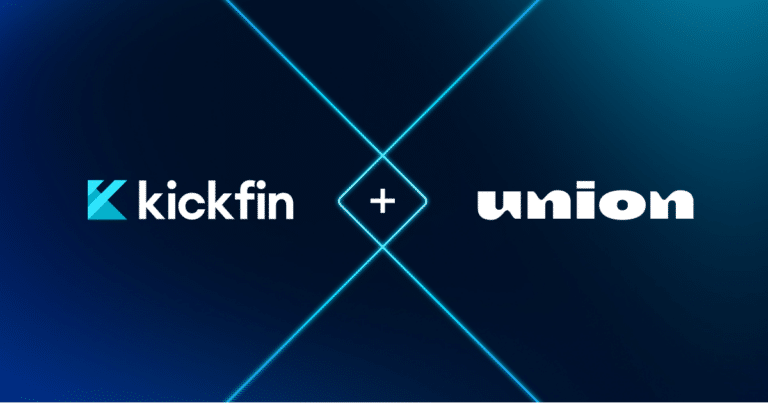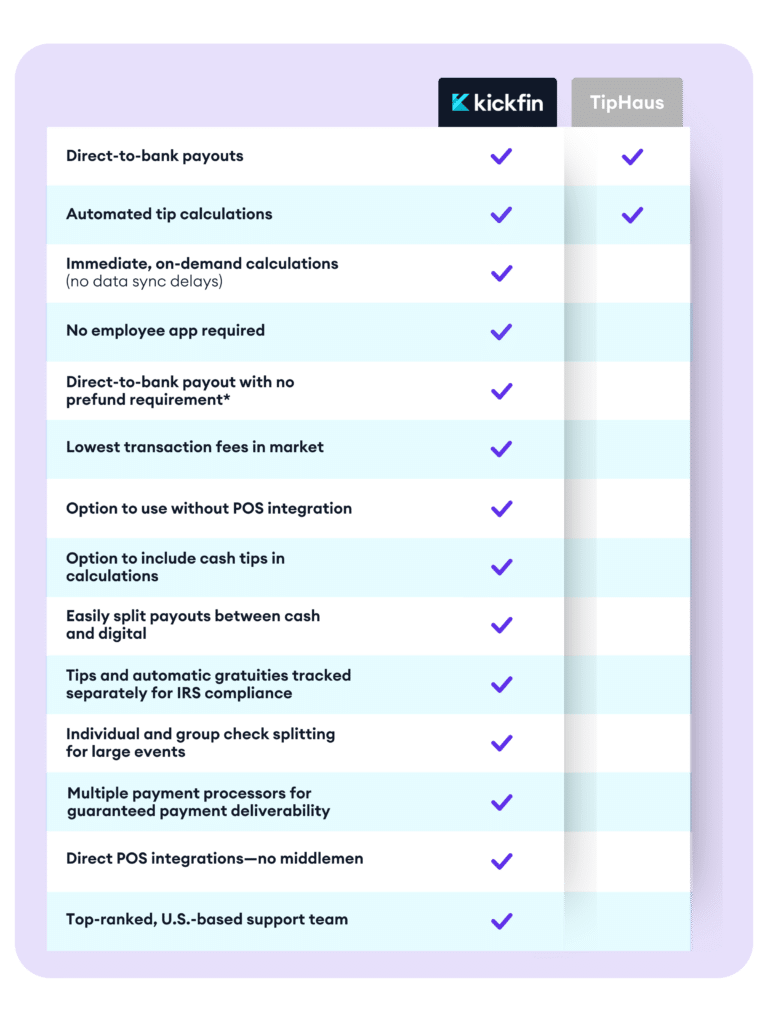Your bar may serve the craftiest craft cocktails and boast an astounding variety of draft and bottled beers. Your wine selection might be the best in the city. But if you don’t have an excellent bar manager to oversee your beverage operations — that’s a gap you need to address asap.
A great bar manager ensures you’re properly stocked with beer, liquor, wine and other bar essentials — but they do a whole lot more than inventory. Like any restaurant management positioning, bar managers wear a lot of hats. From overseeing staff to interfacing with customers to implementing processes and policies, their work can have a direct impact on your bottom line.
That means finding the right person for the job is critical. Here are the typical bar manager duties and responsibilities, plus some tips for running an efficient, effective recruiting process.
Bar manager duties and responsibilities
Bar manager responsibilities vary from restaurant to restaurant but here are the typical duties associated with this role:
Managing bar operations: This refers to the daily operations needed to run the bar effectively, from overseeing opening and closing duties, to managing the bar’s cash flow, to ensuring excellent customer service.
Ordering inventory: Keeping track of beverages and supplies that need to be ordered based on what’s been sold, along with negotiating contracts with suppliers are all part of the job.
Hiring, training, and overseeing staff: Not only do bar managers need to manage the bar staff, but they also help with hiring and training.
Marketing: A good bar manager leverages the bar’s offerings to support your marketing efforts. For example, they may come up with specials or happy hour events that draw new customers, or they may use marketing channels, like social media, to promote the bar’s unique menu.
Building rapport with your customers: Remember on Cheers when Norm would walk through the door and everyone would yell, “Norm!”? Your bar managers have the power to create that friendly, welcoming environment that leads to a loyal customer base. Good bar managers, and in turn, the bartenders under them, not only keep drinks filled; they strike up conversation, remember familiar faces, and ensure everyone has a positive experience.
How to write a bar manager job description
When you’re writing your bar manager job description, be perfectly clear about your expectations for the position — as well as what your candidates can expect.
- Detail the day-to-day duties and responsibilities of your bar manager. What does a typical shift look like? What kind of team will they be managing? Are there specific growth goals or measures of success they should be working toward?
- Be specific about the skills and experience level you’re looking for. Are you okay with someone younger who’s just starting out? Or do you need a candidate who has years of experience under their belt?
- Research what other local bars and restaurants include in their job descriptions. How can you make your description more competitive? Are there certain perks to the job or technology you’re using that can help you stand out?
- Tell them about yourself (or rather, your restaurant). What’s the atmosphere like? What kind of clientele do you serve?
- Is there room for career growth in this position? If so, get specific about that.
- (For more inspiration: Glassdoor and Indeed offer great examples of what to include in your bar manager job description. ZipRecruiter also offers a great template to work from.)
Bar manager recruitment tips
Once you’ve got your job description finalized, leverage multiple channels to get the word out. Post the description on your website and social media pages, and if you’ve got budget, consider running a few ads on those platforms or sponsoring your posts to increase visibility.
Take advantage of online job forums or networking groups where you can share the position. Also be sure to create in-store signage, and let your team and any local industry networks know that you’re hiring — as those referral sources can often connect you to qualified candidates.
Once you’ve identified and contacted several candidates who look great on paper, set up an in-person or virtual interview. Assess your interviewees for these attributes:
- Experience and skill level: Bar managers have a lot of responsibilities and competing priorities. They must be a master multitasker, able to confidently and strategically delegate responsibilities while handling their own administrative duties, all with a bar full of patrons. The more experience they have, the smaller the learning curve there will be. But keep in mind: a more experienced manager may require a higher salary.
- Culture fit: Aside from their experience and capabilities, you’ll want to hire someone who’s reliable, professional, easy to work with, and who has the necessary soft skills to manage people and interface with customers. You’ll also want to consider your restaurant culture and the people you serve. Someone who’s a great fit for a trendy dive bar may not be the right fit for a bar at a fine-dining restaurant.
- Ability to stay cool under pressure: But many bars move at a fast clip with high customer turnover. You want someone who can handle long shifts, who can think on their feet and who can stay calm under pressure — whether they’re dealing with inventory snafus, drama among team members, or customers who have been over-served.
- Passion and creativity: Generally speaking, a bar manager position isn’t a summer job; it’s a career — or at least, part of a hospitality-focused career path. Seek out a bar manager who has a clear passion for the industry and knack for the job.
If you’re looking for the right interview questions to ask, here are 102 to choose from.
Average bar manager salaries
According to Payscale.com, here are the average bar manager salaries (including tips, bonuses, and overtime pay).
- An entry-level person with less than one year of experience can bring home around $40,521 a year.
- A bar manager with one to four years of experience can make around $41,926 annually.
- Someone with five to nine years of bar manager experience can expect to make around $44,234 a year.
- Someone with 10-19 years of experience can earn around $42,427 a year.
- With 20 or more years, the average bar manager salary is around $48,205 annually.
Of course, there are other factors that play into a bar manager’s salary, including the size of the restaurant, the type of bar, the city/location and annual revenues. For instance, the average bar manager salary in New York City is around $65,000 while in Greenville, North Carolina it’s around $45,000, according to Zippia.com.
A successful bar operation is more than having a top-tier drink menu or a great vibe. Hiring the right bar manager will ensure that everything’s running smoothly at the bar and behind the scenes. So don’t underestimate the impact of a good (or a poor) bar manager: ultimately, they’ll determine the kind of experience your customers have at your bar — and whether they choose to come back.







